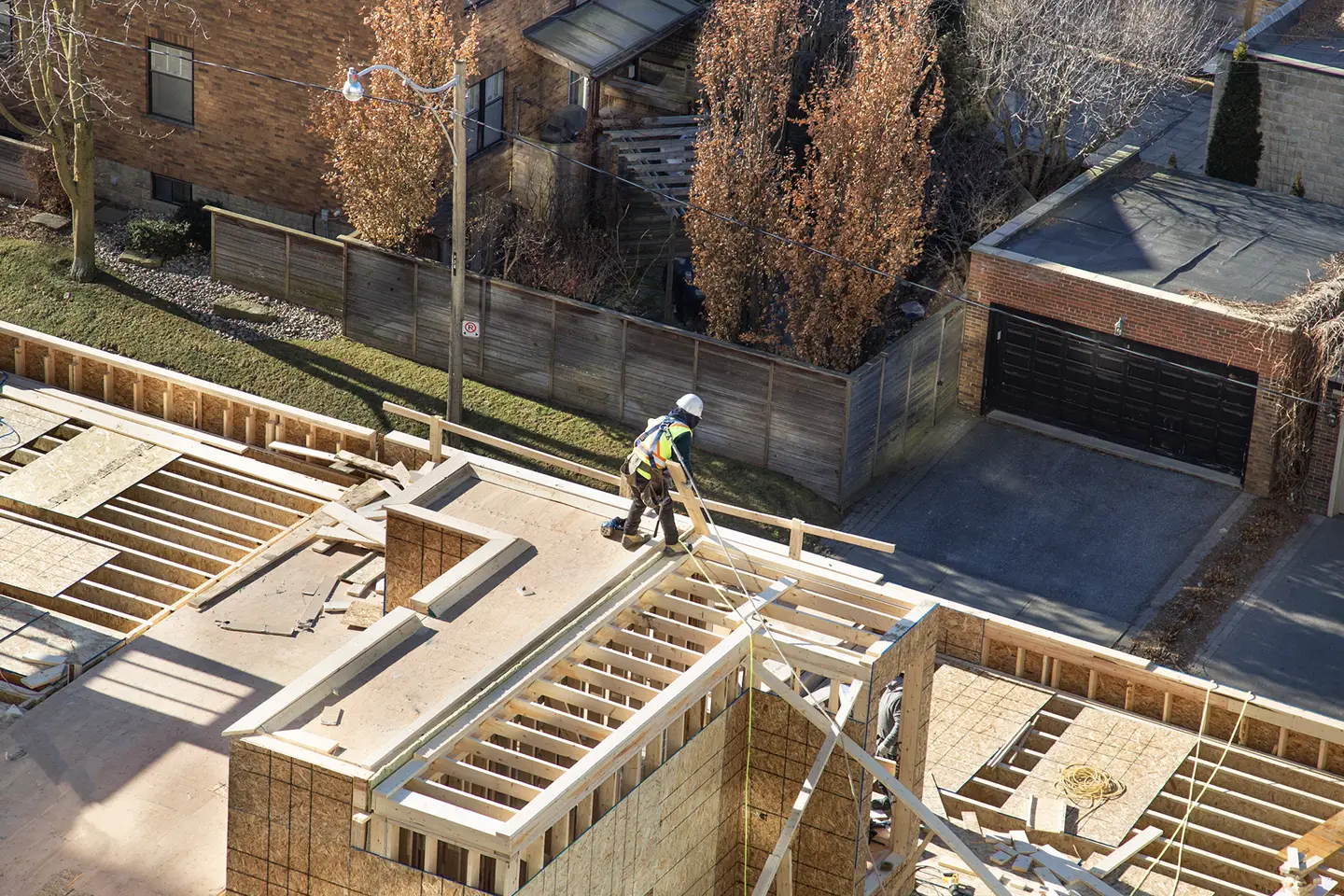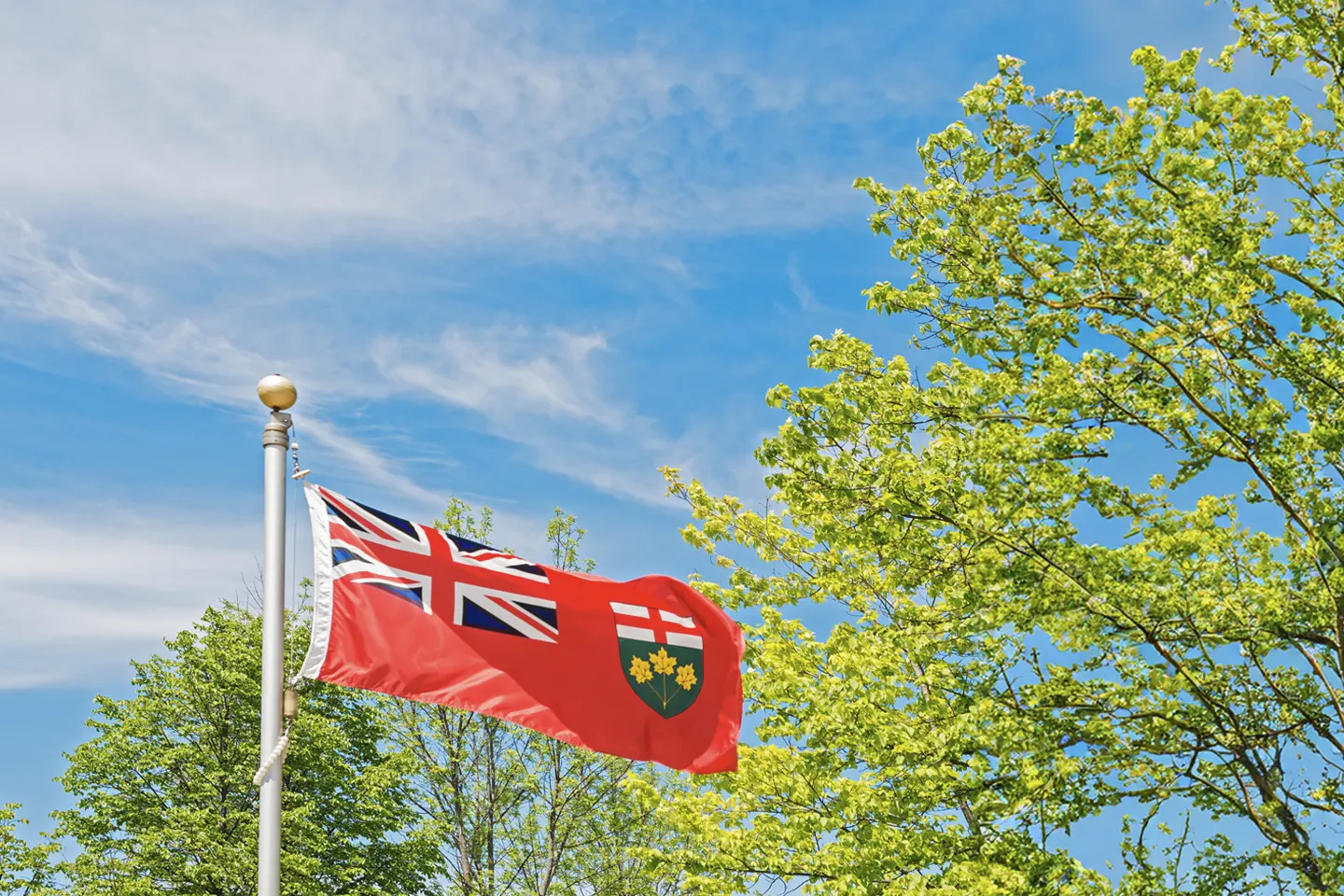Federal Election 2025 Update/Week 1

Key Takeaways:
- Trump & Trade Dominate: Party leaders focus on defending Canada from U.S. tariffs
- Affordability Matters: Housing, jobs, and tax cuts remain key voter concerns
- Tight Race: Liberals lead slights, but the election is far from decided.
Current Political Landscape
The 2025 federal election is officially underway, with the first week almost complete. During this time, political party leaders have been doing their best to appeal to voters through strategic policy announcements prior to the launch of official party platforms.
This election comes amidst increasing tensions between the United States and Canada, as President Donald J. Trump has implemented tariffs against Canadian goods and threatens to implement more on April 2nd. As such, this election will largely be focused on who is best positioned to deal with President Trump and has a plan to preserve Canadian interests, domestically and abroad.
While the election will continue to see party leaders meeting Canadians across the country, there are a few key dates that will be important as the campaign goes on, namely:
- April 2nd – The imposition of further tariffs on Canada by President Trump
- April 16th /17th – French and English Language Debate
With the election being called at such a critical time and with such close polling, candidates will be hoping to sway voters. The fundamental question is, will this election be a referendum on who is best positioned to deal with Trump, or will it be fought on pocketbook issues like affordability?
This Week's Polling
As seen in the past few weeks, polling numbers for the Liberals continue to trend upwards, as the most recent numbers are likely capturing polling immediately following Mark Carney’s Liberal Leadership win on March 9th, followed by him being sworn in as Prime Minister.
As it stands now, recent aggregate polling shows Liberals ahead of the Conservatives with 41 percent of the intended vote, with the Conservatives close behind at 37 percent. This represents a four-point increase for the LPC and a one-point decrease for the CPC since last week’s aggregate polling. Trailing behind both parties are the NDP, Bloc Quebecois, and the Green Party, with ten points, six points, and four points, respectively.
These numbers currently break down to Liberals with 185 seats in the House of Commons, Conservatives holding 127 seats, the Bloc with 24, the NDP with 6, and the Green Party with 1 seat, if an election were to be held today.
Political Parties
Liberal Party of Canada
Liberal Party Leader Mark Carney started the week in the Atlantic provinces, kicking off his campaign in Newfoundland and Labrador, before moving westward to Ontario.
During this first week, Carney took the opportunity to announce a tax cut for the middle class by reducing the marginal tax rate on the lowest tax bracket by 1 percentage point, as well as a plan to rebuild, reinvest, and rearm the Canadian Armed Forces. Carney previously stated his intention to introduce legislation for a “one project, one review” system for major projects, which would see the federal assessment process recognize provincial assessments done.
Also, in week one of the campaign, Carney also took the opportunity to announce a plan to protect Canadian auto workers and industry and build a stronger Canada in response to U.S. tariffs by:
- Creating a $2 billion Strategic Response Fund to boost the auto sector’s competitiveness, protect manufacturing jobs, and support workers to upskill their expertise in the industry.
- Building an “All-in-Canada” network for auto manufacturing component parts.
- Maximizing Canada’s steel, aluminum, and critical minerals to grow the economy and create higher-paying jobs.
- Leveraging government funding to prioritize and procure Canadian-built vehicles.
Following further tariffs on the Canadian auto sector imposed by President Trump, Carney, in his role as Prime Minister, stated that Canada would fight the tariffs, promising to make his plans public next week after seeing President Trump’s response.
As the 2025 federal election seems to be focused on the issue of Canada-U.S. relations amidst the imposition and further threat of tariffs, Carney has unsurprisingly made this a large focus of his campaign, even citing it as a reason to call the election. This will likely see Carney focusing on policy announcements that would address Canadians’ concerns over tariffs and how they would impact the Canadian economy, all while positioning himself as the best candidate to take on U.S. President Trump.
This focus resulted in a call with President Trump this afternoon, after which the President posted the following message to social media:
“I just finished speaking with Prime Minister Mark Carney, of Canada. It was an extremely productive call, we agree on many things, and will be meeting immediately after Canada’s upcoming Election to work on elements of Politics, Business, and all other factors, that will end up being great for both the United States of America and Canada. Thank you for your attention to this matter!”
Sussex will be watching closely to see how Canadians process this apparent endorsement by the President.
Beyond US-relations, Carney has based his campaign on boosting the Canadian economy through a focus on increasing investments in key infrastructure projects, removing interprovincial trade and labour barriers, strengthening Canada’s trade with other partners outside of the United States, creating jobs for Canadians, strengthening the Canadian military, and addressing housing, healthcare and immigration concerns. It is likely that many of his policies announced in the Liberal platform will echo these priorities.
Conservative Party of Canada
Conservative Party Leader Pierre Poilievre has spent the majority of the week in Ontario, meeting Canadians, before moving to Quebec.
Since the election kicked off, Poilievre has largely focused on affordability concerns, with announcements this week focusing on removing the GST tax on new homes, supporting seniors, maintaining pension benefits and allowing additional funds to be inputted into Tax-Free Savings Accounts, if the money is put into Canadian investments. Poilievre’s focus on these issues largely follows his messaging since 2024 regarding Canadians’ affordability concerns amid the rising cost of living. In addition to this, he also issued a response to tariffs imposed on the Canadian auto sector that was announced by President Trump.
This week Poilievre laid out how a Conservative-led government will address the tariff challenges, including:
- Retaliatory tariffs targeting American goods that Canada can make, does not need or can be found elsewhere.
- Allocate tariffs collected to serve as tax relief targeting workers hit hardest by the U.S. tariffs.
- Work with provinces and territories to remove trade barriers in order for Canada to have one national free market economy.
- Approve LNG plants, pipelines, mines, factories, and port expansions to assist in getting Canadian goods to consumers overseas.
- Implement a tax cut on work, investment, energy, homebuilding and making stuff at home to boost the economy while saving and creating thousands of jobs.
- Rebuilding the Canadian military to assert Canada’s sovereignty, regain the confidence of international allies, and protect Canadians.
- Removing red tape and taxes on housing construction to make way for significant houses being built to address housing shortages.
Poilievre was also vocal before the campaign on removing the Industrial Carbon Tax, fast-tracking project approvals for Ontario’s Ring of Fire region, and creating “shovel-ready zones” to facilitate pre-approvals.
New Democratic Party of Canada
New Democratic Party Leader Jagmeet Singh began the week in Quebec, before stopping in Ontario. Singh’s campaign has been focused on addressing Canadians’ affordability concerns, with announcements promising to improve employment insurance and create jobs by investing in infrastructure and using Canadian resources. He also committed to building over 100,000 rent-controlled homes in Canada over the next 10 years.
Regarding the impacts of President Trump’s tariffs on Canadian goods, Singh committed to ensuring that the money made through counter-tariffs would flow directly to the workers and the communities most impacted. He also stated that he would ensure that Canada expands trade beyond the United States.
Prior to the federal election being called, Singh stated that an NDP government would bolster Canada’s Arctic with new defence spending, building marine search and research stations, boost pay for soldiers, and build Northern community infrastructure, as well as cancelling Canada’s F-35 contracts in favour of building jets in Canada.
Bloc Québécois
Bloc Québécois Leader Yves-François Blanchet launched his campaign in Quebec City with the apparent slogan “Je choisis le Québec,” which translates to “I choose Quebec.” With his campaign focusing on Quebec issues, namely in relation to the federal government and the rest of Canada, Blanchet announced plans to introduce legislation requiring a guarantee of local purchasing in public contracts and federal procurement, his opposition to a pipeline from Western Canada through Quebec, and his support for the implementation of wage subsidies amid tariffs from the United States.
Prior to the campaign, Blanchet had also been vocal about supporting the development of the Quebec-Toronto high-speed rail train, supporting the purchase of the F-35s if Lockheed Martin provides the source code for the aircrafts, and supporting making transitional liquidity available to businesses and encouraging the local processing of natural resources. The Bloc has also called for the end of oil and gas subsidies.
Green Party
The Green Party co-leaders, Elizabeth May and Jonathan Pedneault, launched their 2025 federal election campaign in Montreal, where they mentioned the challenges they see Canada facing, particularly climate change and President Trump.
While the Green Party has long been seen as a single-issue party, the party co-leaders assert that it is a progressive party concerned with helping workers and working families. This matches this week’s announcements by the Green Party, proposing a $40,000 tax-free income threshold as part of their tax plan to create a fairer and more sustainable economy while generating revenue from wealthier Canadians and corporations.
The Green Party also previously launched their “Protecting Canada Plan,” which includes 39 measures to respond to Trump’s tariffs and threats, including creating an “economic NATO” like-minded democracy, suspending the purchase of F-35 jets from U.S. defence giant Lockheed Martin, and barring Trump from visiting Canada.
The Green Party has also made several pledges related to investments in Canada, including ensuring government contracts go to Canadian manufacturers first, supporting clean power projects and establishing a national power grid to connect all of Canada.


